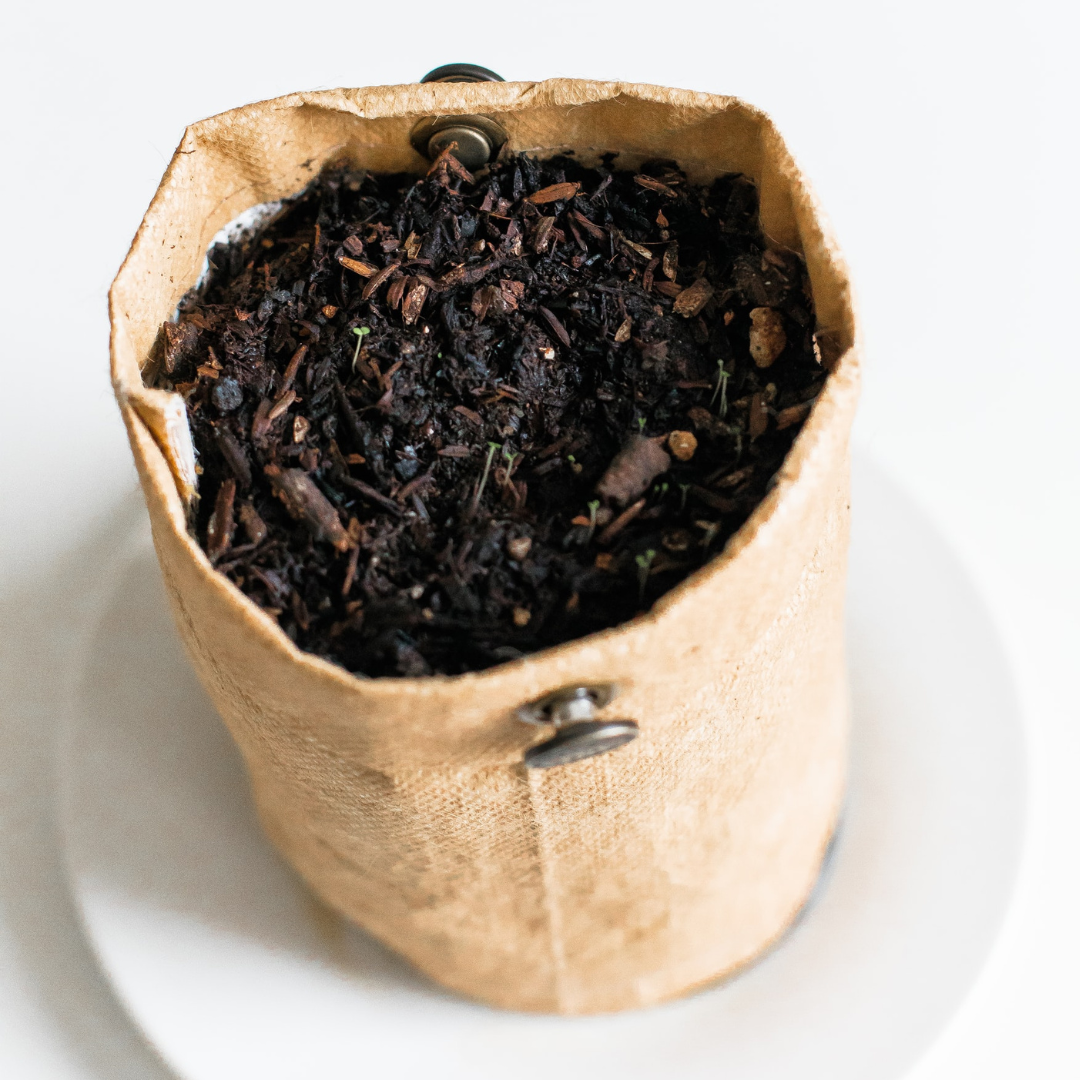Find out how to make compost in this easy to follow guide and discover why it’s great for your garden and the environment.
What is compost good for?
Well, compost is pretty amazing for a whole host of reasons. According to the Plant Natural Research Centre, it provides good soil structure, which enables soil to retain nutrients, water, and air. In turn this makes soil great for healthy plant growth. Compost also helps maintain a neutral pH, meaning it’s neither acid or alkaline and again making it just right for growing plants. It also suppresses plant diseases and feeds earthworms and other microbial life in the soil. All in all, compost is really magical stuff.
And, of course, another benefit of composting is that you’re diverting materials away from landfill and putting them to good use at the same time.
Compost pile or compost bin?
You can choose to make your compost either on the bare ground as a compost pile or in a composter/compost bin. Which method you choose will probably depend on the size of your garden. Compost piles release more odors due to them being out in the open. If you have a relatively small garden or would prefer to keep the compost smells contained then a compost bin is a better idea. Plus, flies will have less access to the decomposing material and are therefore less of a problem with a compost bin.
We have a range of composters, including the Garden King Composter, which comes in two sizes.
Making compost
Ideally, a compost bin should be created in layers. The recommended first layer should be plant material, such as branches and twigs. This allows oxygen to circulate through the pile. The second layer should material such as grass clippings, leaves and kitchen scraps like fruit and vegetables.
To make good quality compost, you need an equal mix of materials that are rich in nitrogen and carbon. Freshly cut grass clippings, fruit and vegetable scraps and coffee grounds are good sources of rich nitrogen. Brown materials, such as wood chips, and shredded paper are high in carbon.
- Grass clippings
- Annual weeds
- Fruit and veg peelings
- Nettle leaves
- Teabags
Carbon-rich waste (brown):
- Prunings
- Hedgetrimmings
- Paper or newspaper (loosely scrunched up is best)
- Cardboard
- Straw
- Sawdust
- Pet bedding
- Paper towels
- Paper bags
Also add:
- Eggshells, natural fibres (wool or cotton), wood ash (not too much)
Don’t add:
- Diseased plants
- Perennial weeds
- Cooked food
- Citrus (slow to rot and very acidic, which reduces worm activity)
- Raw meat
- Dairy products
- Gloss or colour-printed paper
- Ash from coal fires
- Cat or dog faeces
- Autumn leaves
The finished product
Patience is the key when it comes to composting. It can take at least six months for your waste to turn into rich compost, but in a lot of cases it can take much longer. Use a garden fork to turn your compost and aerate it, turning it weekly during the summer and monthly during the winter, as this will speed up the composting process.
Decomposition depends on a number of factors including temperature, what ingredients you’ve used and how finely they were chopped up, the type of compost bin used and how often you’ve turned the compost.
When it turns dark brown and crumbly with a sweet, earthy smell and you can’t pick out any of the original products, that’s when you’ll know that the process is complete. Over time and with experience we’re sure you’ll get to grips with and improve your composting skills!
Compost-friendly products
It’s now even easier to incorporate composting into your daily routine as we have a range of products that are compost-friendly. These Compost Cleaning Cloths are plastic free and made of renewable sources, so once they’ve reached the end of their cleaning life you can pop them in your compost.
You can also get your hands on Compostable Food Bags, Compostable Garden Waste Bags and Compostable Kitchen Roll along with many other compostable items from our store.



